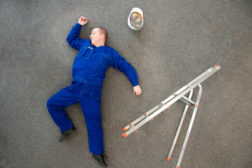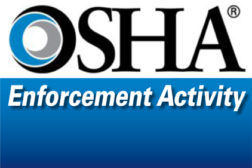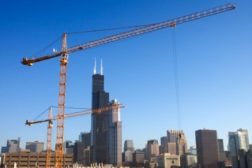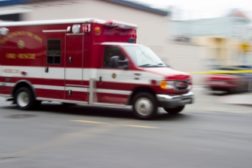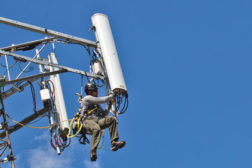Construction Industry Safety and Health
Missouri roofers 22’ high with no fall protection
Company cited for repeat hazards
February 21, 2014
Thousands comment on OSHA’s silica proposal
Safety, business groups disagree
February 19, 2014
Roofers say proposed silica rule could make their jobs more dangerous
No room for fall protection equipment?
February 12, 2014
Never miss the latest news and trends driving the safety industry
eNewsletter | Website | eMagazine
JOIN TODAYCopyright ©2024. All Rights Reserved BNP Media.
Design, CMS, Hosting & Web Development :: ePublishing
